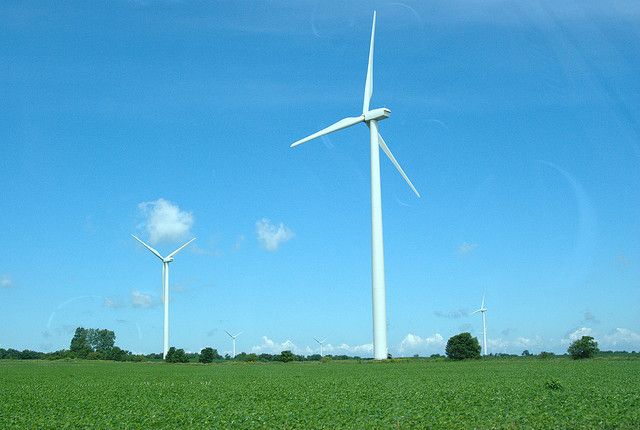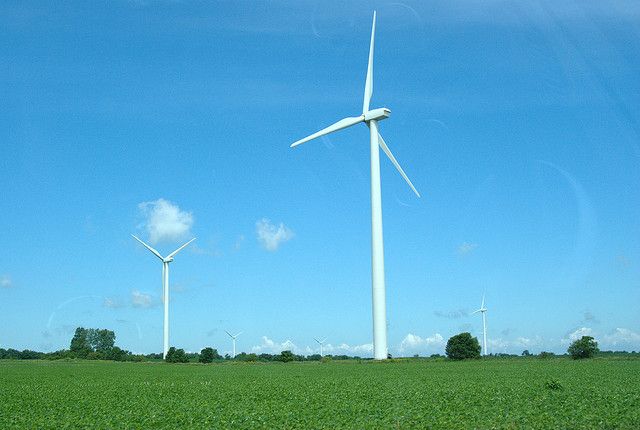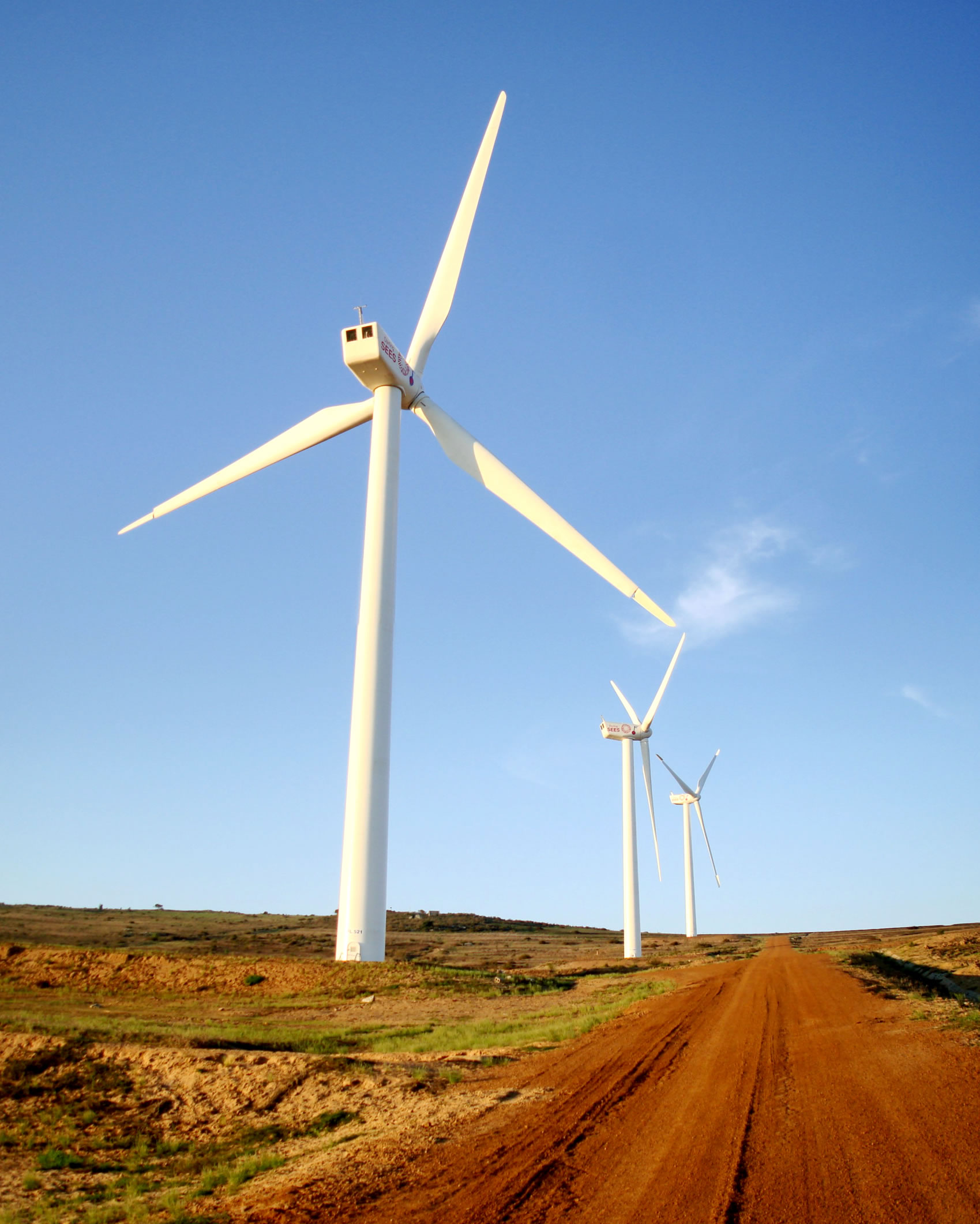Onshore wind to reach price parity with conventional energy sources by 2016
Over the next five years onshore wind farms could be producing power as economically as coal, gas and nuclear plants.


Over the next five years onshore wind farms could be producing power as economically as coal, gas and nuclear plants.
Although some of the world’s best wind farms are already competitive with conventional energy sources, research from Bloomberg New Energy Finance (BNEF) suggests that it will not be too long until all wind farms are as cost effective as cheap natural gas, even without a price on carbon, to produce electricity.
“The public perception of wind power tends to be that it is environmentally friendly, but expensive and intermittent,” says lead wind analyst at BNEF, Justin Wu. “That is out-of-date -- in the best locations, where generation is already cost-competitive with fossil fuel electricity, and that will be the case for the majority of new onshore turbines installed worldwide by 2016.”
With increasing competition expected in the industry, structural overcapacity is likely to drive down the price of wind turbines even further. The average global prices of wind turbines has fallen in real terms from EUR 2.0m/MW in 1984 to below EUR 0.88m/MW. 
However, there is an additional factor that has contributed to the price of wind-generated power becoming more economically viable. While turbine costs have been falling, technological advancements have meant that individual turbines now generate substantially more power than before. Advancements such as bigger turbines, larger and more aerodynamic blades, improved controls and more efficient gear boxes have resulted in each megawatt of today’s wind turbines being able to deliver 2,900MWh each year, compared to the 1,800MWh generated in 1984.
The culmination of improved technology and overcapacity would mean that by 2016 the cost of electricity generated from wind power would reach price parity with electricity generated from combined-gas turbines in regions with fair wind.
“In the next few years the mainstream world is going to wake up to wind cheaper than gas, and rooftop solar power cheaper than daytime electricity,” added WU. “Add in the same sort of deep long-term price drops for power storage, demand management, LED lighting and so on -- and we are clearly talking about a whole new game.”
Image 01: Climate Action Stock Photos
Image 02: Vaxomatic | Flickr

